Drug Abuse Threat Level Part 2 – Choices
June 26, 2019
Published by
admin


Categories
Threat Level: Drug Abuse
Part 1: An Overview

Few combinations of words in American life connotate the acute range of emotions as much as drug abuse does. The effects of drug abuse echo beyond the abuser to influence us all in some form. If you do not possess first-hand experience with drug abuse, you likely know someone who does.
This may be well-worn ground, but what I do hope to accomplish in this brief series of posts is to clarify the dimensions of the crisis, and to help individuals and organizations find their role in making a positive difference.
This may be well-worn ground, but what I do hope to accomplish in this brief series of posts is to clarify the dimensions of the crisis, and to help individuals and organizations find their role in making a positive difference.
The Drug Abuse Problem
According to the 2017 National Survey on Drug Use and Health, nearly fifty percent of Americans over the age of twelve have engaged in illicit drug use at some point during their lifetime, including the misuse of psychotherapeutics and opioids. Nearly twenty percent engaged in the illicit use of drugs within the prior year. Most significantly, more than eleven percent of Americans older than twelve have engaged in drug abuse within the prior month (people whom the Department of Health and Human Services defines as current users).

To help put that in perspective, consider that Neilson television ratings calculate the percentage of a given show’s viewers out of the total number households watching television in the United States, which represents far less individuals over the age of twelve. A rating of eleven would make a show the second most watched in the country and be worth billions of dollars in advertising revenue. You would hear it talked about on dozens of different media platforms hundreds of times a day. The publicity would almost be inescapable.
Drug Reach
Yet drug abuse, despite its mammoth reach – or perhaps because of it, remains a constant presence in the background of our national life. If it impacts us personally, it can’t help but to crowd out everything else; otherwise it is difficult for us to focus on—and even harder for us to start—a conversation about. This fact is a big part of the problem when considering drug abuse on a macro level. In my next post, I will bring it down to the individual level.



